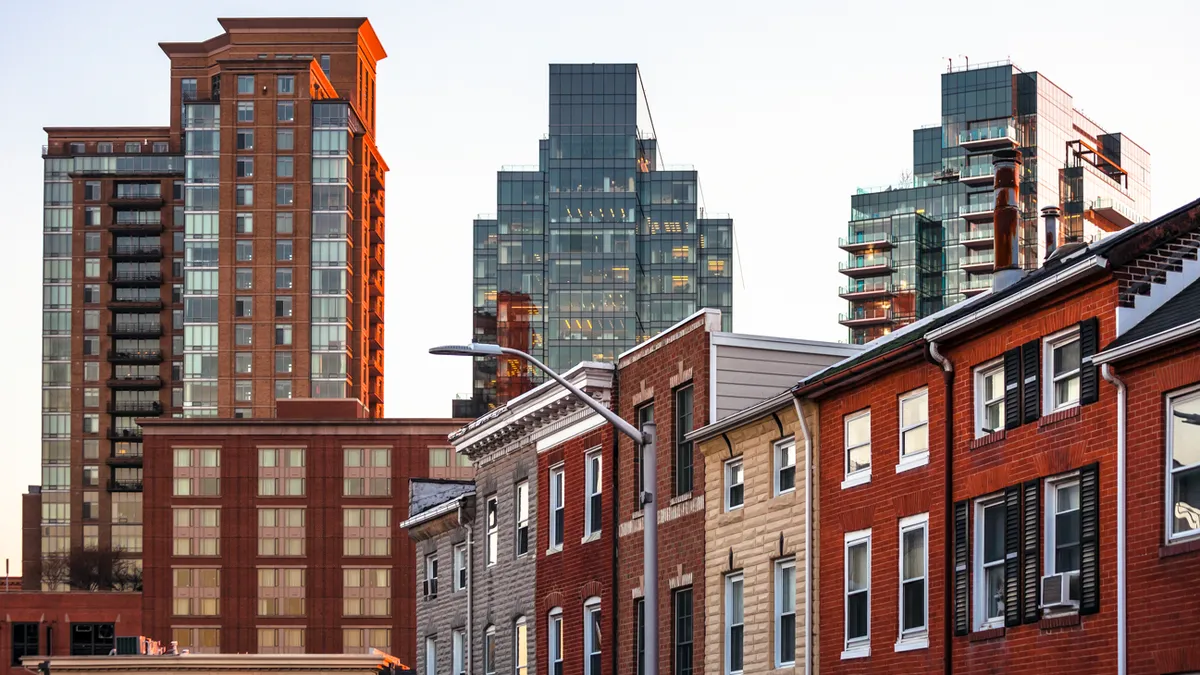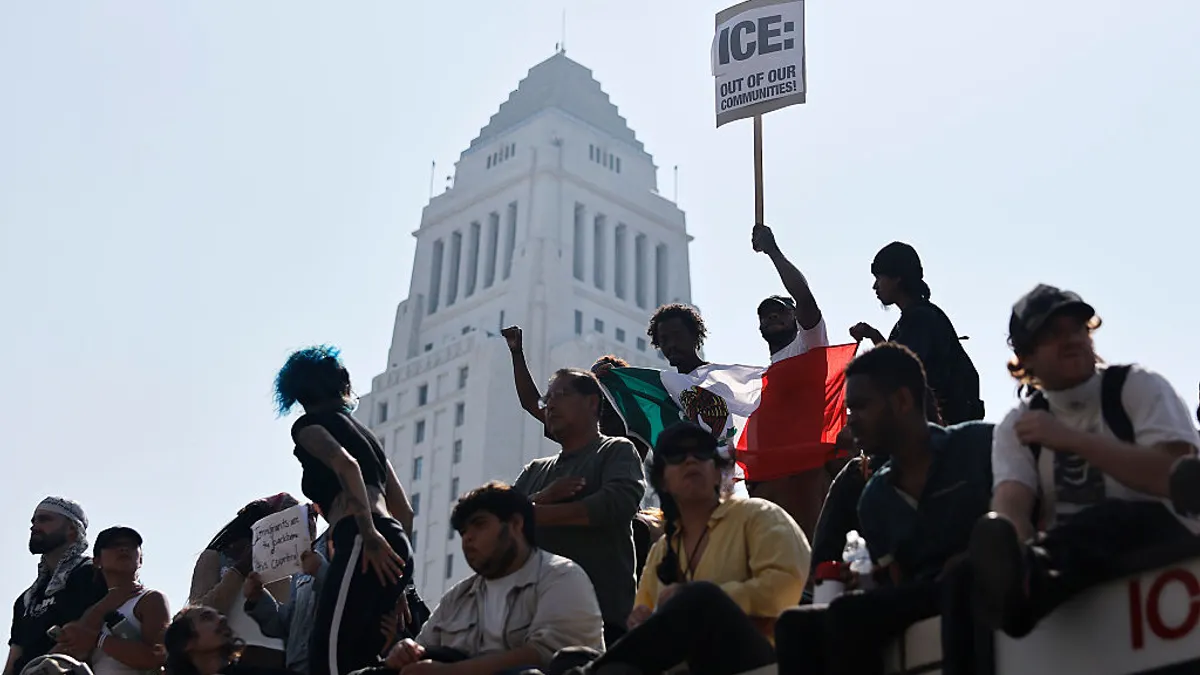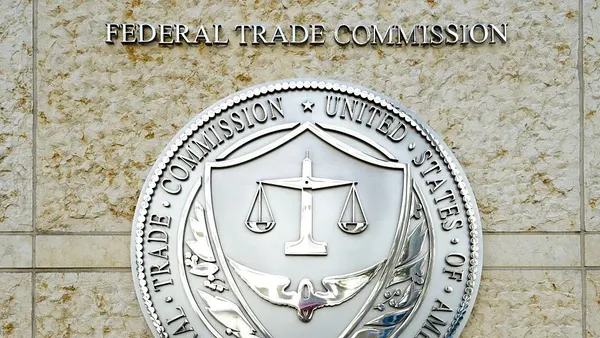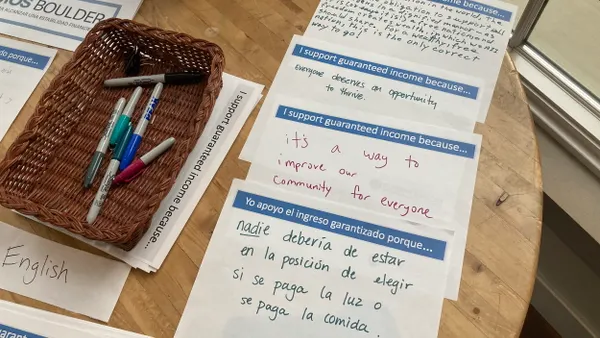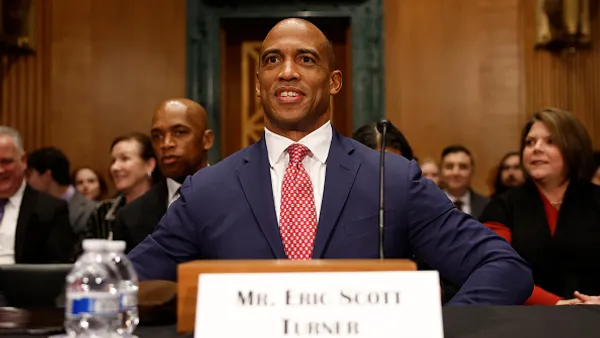Dive Brief:
- Baltimore is advancing what civic leaders call the “most ambitious housing development program” in the country, leveraging $1.2 billion in public funds and $5 billion in private funding to revitalize more than 37,000 vacant or at-risk properties and clear the way for 33,000 additional houses and lots over the next 15 years, the Greater Baltimore Committee announced in September.
- Public funding for the initiative will be generated by a “first of-its-kind” affordable housing tax increment financing program, which aims to use future increases in property tax revenue from revitalized areas to fund their rehabilitation. Maryland has also pledged $900 million for the effort.
- "With over a billion dollars in public funding, strong private-sector partnerships, and deep community engagement, we're not just reducing the number of vacant homes — we're transforming entire neighborhoods and creating lasting economic opportunity for our residents,” Baltimore Mayor Brandon Scott said in a statement.
Dive Insight:
Baltimore has made progress in reducing the number of vacant properties in recent years after a long stretch of stagnation.
In 2020, the city had 16,000 vacant properties. In August, Scott said that number is down to 12,510, a drop of nearly 22%.
"We're committed to transforming Baltimore's neighborhoods by addressing vacancy with urgency and precision," Jake Day, secretary of the Maryland Department of Housing and Community Development, said in a statement last month. "We're not just filling empty houses — we're building stronger, safer, and more connected communities through collaboration at both the local and statewide level."
Instead of focusing on single buildings, the city’s new revitalization strategy will address vacancy “at the block level,” according to GBC, which is working with Scott’s office and Baltimoreans United in Leadership Development, a nonpartisan community organization. plans for the initiative were announced in 2023, and GBC issued a request for information to design a private capital strategy last month.
The city is also advancing a number of reforms to increase housing density, including legislation to allow people to build closer to their property lines and eliminate off-street parking requirements, The Baltimore Banner reported.



